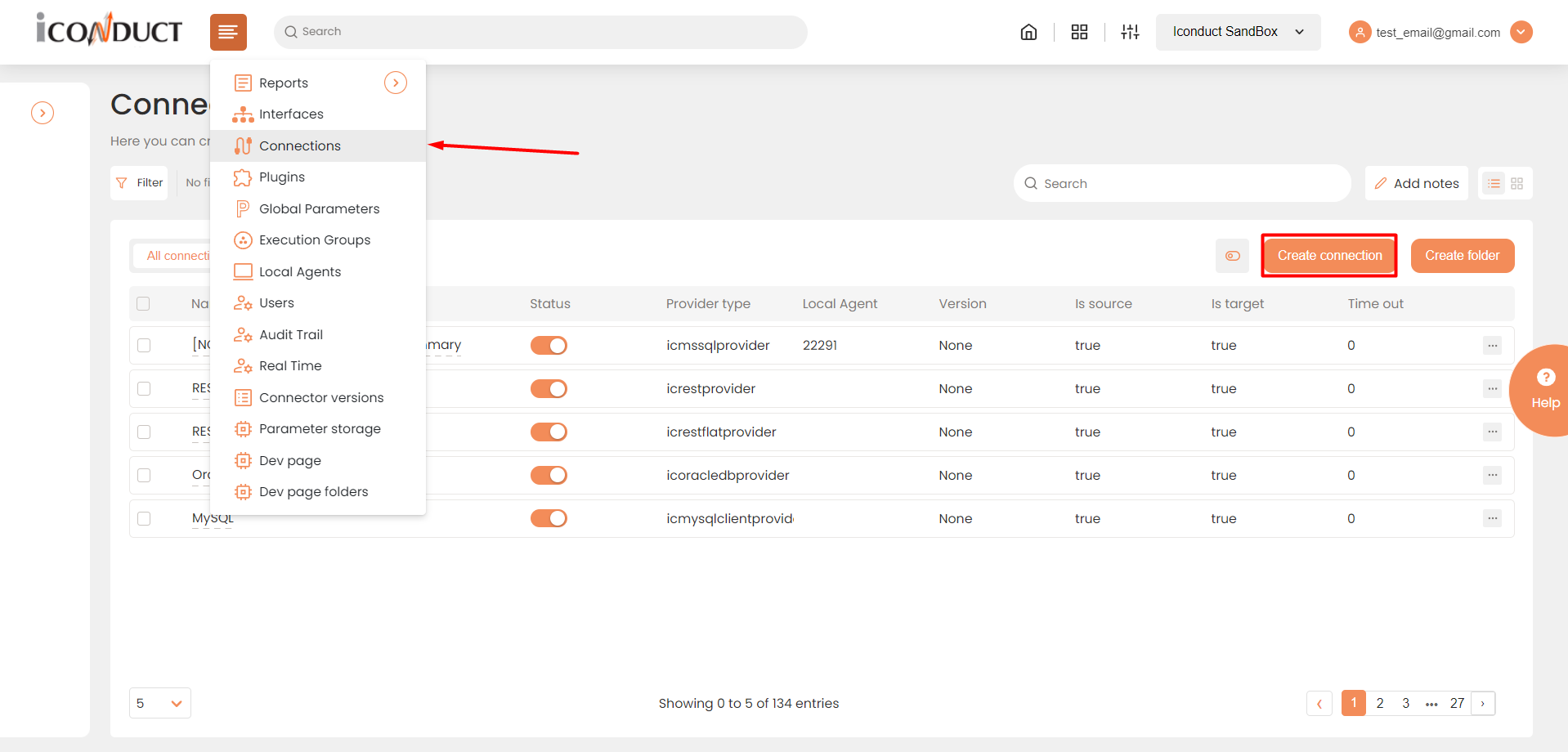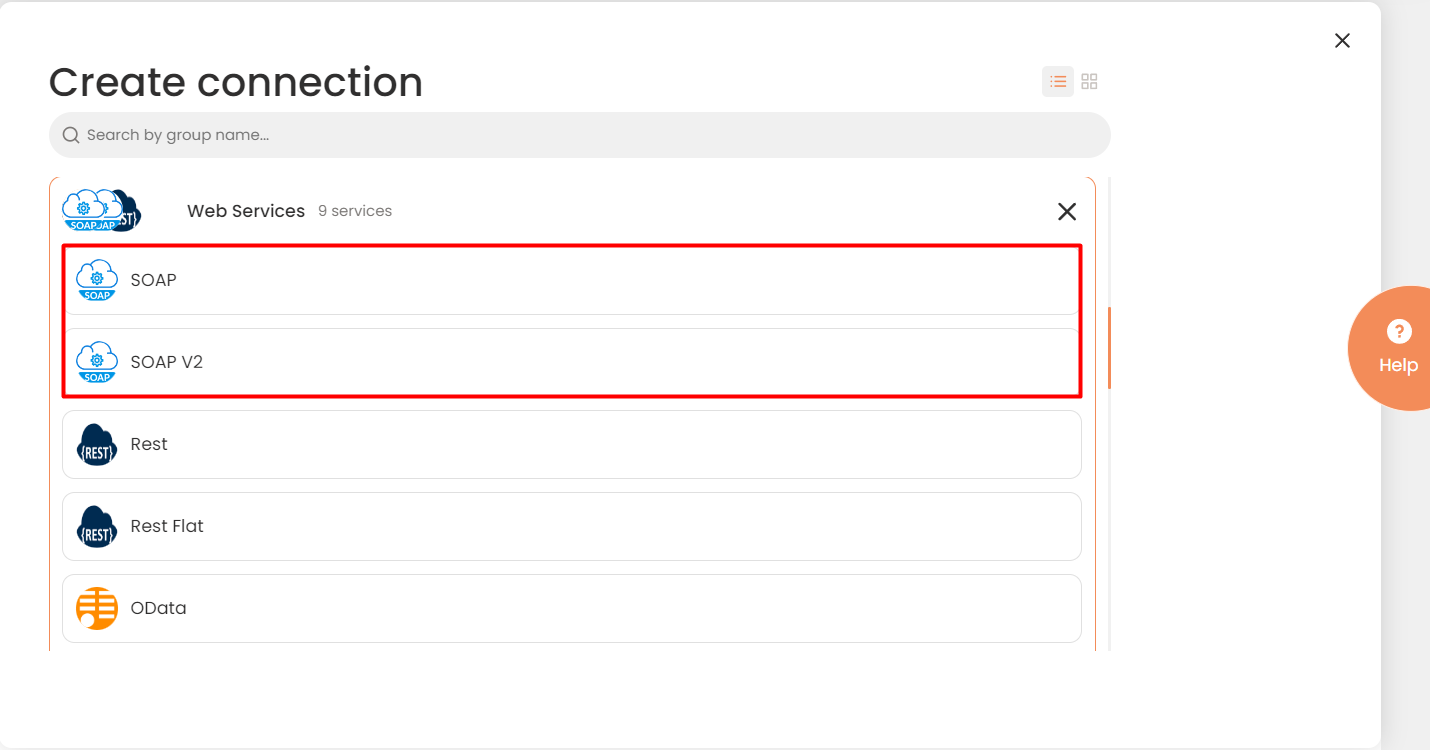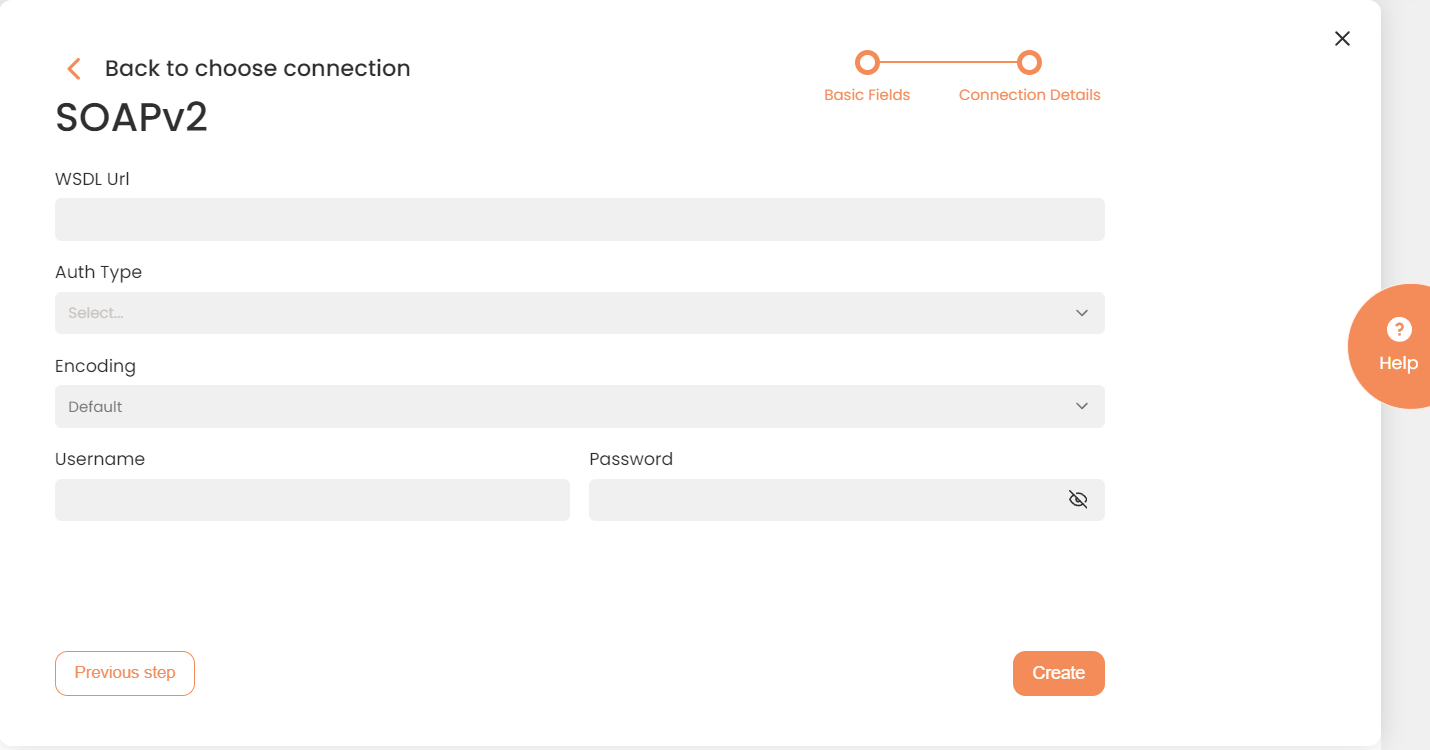SOAP v1, v2
The information on this page relates to the new upgraded interface of the IConduct platform. To view information about the Classic version of the user interface, follow this link.
SOAP (originally Simple Object Access Protocol) is a messaging protocol specification for exchanging structured information in the implementation of web services in computer networks. Its purpose is to induce extensibility, neutrality and independence. It uses XML Information Set for its message format, and relies on application layer protocols, most often Hypertext Transfer Protocol (HTTP) or Simple Mail Transfer Protocol (SMTP), for message negotiation and transmission.
The SOAP connector by IConduct is used to call SOAP services. The platform offers an option of SOAP and SOAP V2. SOAP is used for the ASMX web service. SOAP v2 is used for WCF web service. To determine the type of web service, refer to the relevant section in WSDL URL as demonstrated in the example below:
To configure the SOAP connector, follow the instructions below:
- In the Main Menu, select Connections and press Create connection.

Accessing connections
- Scroll down to the Services section and select the SOAP or SOAP V2 item from the list.

Connector Selection Page
- In the SOAP Provider work area, fill in the following fields and press Create.

Connection Details Area
| Fields | Description |
|---|---|
|
Connection |
A new connection name. Enter a connection alias here. |
|
Is Active |
Toggles connector’s activity at interface execution. Enable the checkbox to activate the connection for execution. |
|
Cloud Agent |
The LAN you are working with. Select "IConduct" for cloud systems and your corporate agent for internal systems. |
|
Implementation Type |
Defines the implementation type. Select from the drop-down list:
|
|
Is Source |
This connection entity is available as a data source for Import (writing to Schema). Enable the checkbox to ensure data import. |
|
Is Target |
This connection entity is available as a data target that receives data from schema to current data container. Enable the checkbox to ensure data export. |
|
Timeout |
The length of time (in milliseconds) the IConduct platform waits for a response from the connection provider before returning a timeout error. Set the time value to stop the system from connection attempts. |
|
SQL |
The box is intended for entering a query. |
|
DateTime Format |
Not used in this connector. |
|
WSDL URL |
Allows defining the link to the WSDL file location. Enter the URL to the WSDL document for your web service. |
|
Authentication Type |
The end-point authentication method. Select the required authentication type from the drop-down list:
The Certificate selection requires the encryption certificate upload. Go to the Certificate field and click Choose File to upload the .cert file to IConduct. The file is used in coordination with its secure password. Enter the latter in the Password field that appears on the Certificate selection.
|
|
Encoding |
Used to set the SOAP request body. Select the required encoding format from the drop-down list. Use Default to proceed with the encoding of the OS where the Cloud Agent is installed. |
|
Username/Password |
Credentials used for authentication to the web service. |
Once the connection is saved, you can test if it is successful. Press the Test Connection button. If the created connection works, you will receive a success message.

Testing the Connection
